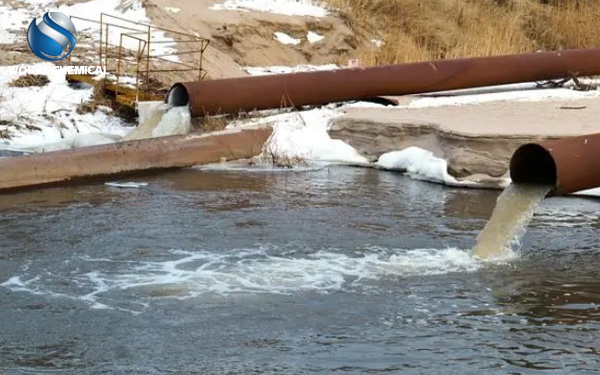
The high moisture content of municipal sludge after dehydration is a common problem, which is mainly determined by the nature of the sludge itself, the performance of the dewatering equipment and the operation mode. Here are some solutions to this problem:

Optimization of sludge properties
Pre-processing:
Pre-treatment of sludge, such as adjusting sludge particle size, humus content, etc., to improve its dewatering performance.
Sludge can be pretreated by physical, chemical or biological methods, such as the addition of coagulants, coagulants or biological digestion, to reduce the moisture content of the sludge.
Sludge classification:
According to the source and nature of sludge classification treatment, different properties of sludge using different dehydration processes.
Two, dehydration equipment and technology upgrade
Device selection:
Select dewatering equipment suitable for municipal sludge characteristics, such as filter press, centrifugal dehydrator, etc.
Consider a new generation of sludge dewatering equipment, such as equipment using film technology, to improve the dewatering effect.
Equipment Maintenance:
Maintain and maintain the dewatering equipment regularly to ensure the stable performance of the equipment.
Check the tightness of the equipment, the condition of the filter cloth, etc., and replace the damaged parts in time.
Technology upgrade:
Introduce advanced sludge dewatering technology, such as heat pump evaporation, press filtration assistance, etc., to improve the efficiency of dehydration.
Three, dehydration process adjustment
Process parameter optimization:
According to the sludge characteristics and treatment requirements, adjust the dehydration process parameters, such as dosage, dehydration time and pressure.
Find the best combination of process parameters through experiments and practical experience.
Assistive technology application:
The use of auxiliary technologies, such as the addition of new sludge conditioners (sludge synergists), to improve the dewatering performance of the sludge.
Pay attention to the amount and type of sludge conditioner to avoid secondary pollution to the environment.
Iv. Follow-up Treatment and resource Utilization
Further processing:
For the sludge with still high moisture content after dehydration, further treatment can be considered, such as drying, incineration, etc.
Drying technology includes two kinds of natural drying and mechanical drying, which can be selected according to the actual situation.
Resource utilization:
Explore ways to recycle sludge, such as using sludge for agricultural fertilizers, soil amendments or building materials.
Improve the resource utilization rate of sludge, reduce the treatment cost and environmental risk.
Management and monitoring
Establish monitoring system:
Establish a monitoring system for sludge dewatering process, real-time monitoring of sludge moisture content, dehydration efficiency and other indicators.
Timely adjust the process parameters and equipment operating status according to the monitoring results.
Strengthen training and management:
Strengthen the training and management of operators to improve their operational skills and processing efficiency.
Establish a sound sludge treatment management system and emergency plans to ensure the safety and stability of the sludge treatment process.
In summary, to solve the problem of high water content of municipal sludge dehydration, it is necessary to start from many aspects, including optimizing sludge properties, upgrading dehydration equipment and technology, adjusting dehydration process parameters, follow-up treatment and resource utilization, and strengthening management and monitoring. Through comprehensive policies, the water content of sludge after dehydration can be effectively reduced, and the treatment efficiency and resource utilization rate can be improved.